After two days of serious birding, we decided to move on to the Maquipucuna Reserve, a massive nature reserve and home to the Andean spectacled bear. The ecolodge where we stayed is the gateway to the 15,000 acre nature reserve which contains more than 45 species of mammals, 250 species of butterflies, 376 bird species and 2,000 species of plants. We had high hopes of spotting some bears, but unfortunately were informed that we had arrived a couple weeks late. The bears had already made their way down from the mountains, eaten their beloved avocado fruit, and disappeared back into the higher elevations.
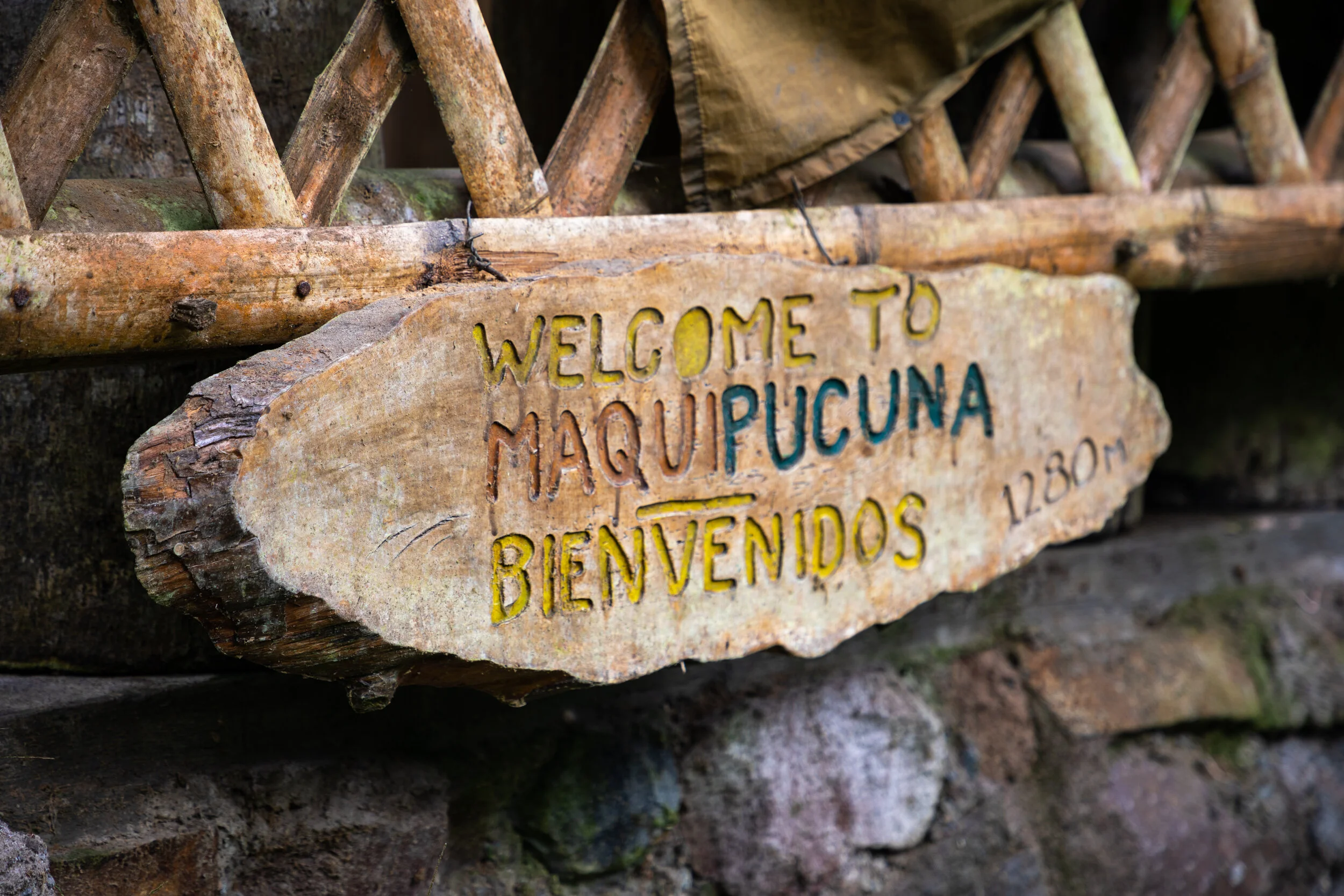
Our room was in an incredible location overlooking the river and surrounded by lush plants. We discovered a highway of leaf-cutter ants hard at work outside our room. Even though we loved bird-watching, we were much more interested in watching these guys labor away under the hot sun, carrying enormous leaves from one location to another with perfect military-like organization. Every time we walked over for food, we had to take a quick look at what they were up to.










We arrived at Maquipucuna in the late afternoon, so after relaxing a bit and eating a delicious dinner, we headed out for our first trip into the cloud forest reserve...at night. We poked around in the wet foliage looking for all sorts of creepy-crawlies. We found the night life just as exciting, if not more, than what the cloud forest had to offer in the daylight. The only other people staying at the ecolodge was an older Canadian couple. They were there for the birds, and were not very interested in the night critters. We could have explored the forest for several hours, but when they grew tired of spiders and insects, we called it a night.











The following morning we woke up for an early morning bird-watching hike into the higher elevations of the cloud forest. We began by crossing the river outside our lodge, where we encountered a massive Jesus Lizard sunbathing on the rocks. Later that day we found the same lizard in the branches of a nearby tree.



While we were fixated on the lizard and hoping to see it run across the water, the birder couple spotted a pair of torrent ducks slowly making their way up-river in search of food. They were fun to watch as they popped in and out of the water, fought the current, perched on rocks, and always tried to stay close to one another. What a fun way to begin our hike!


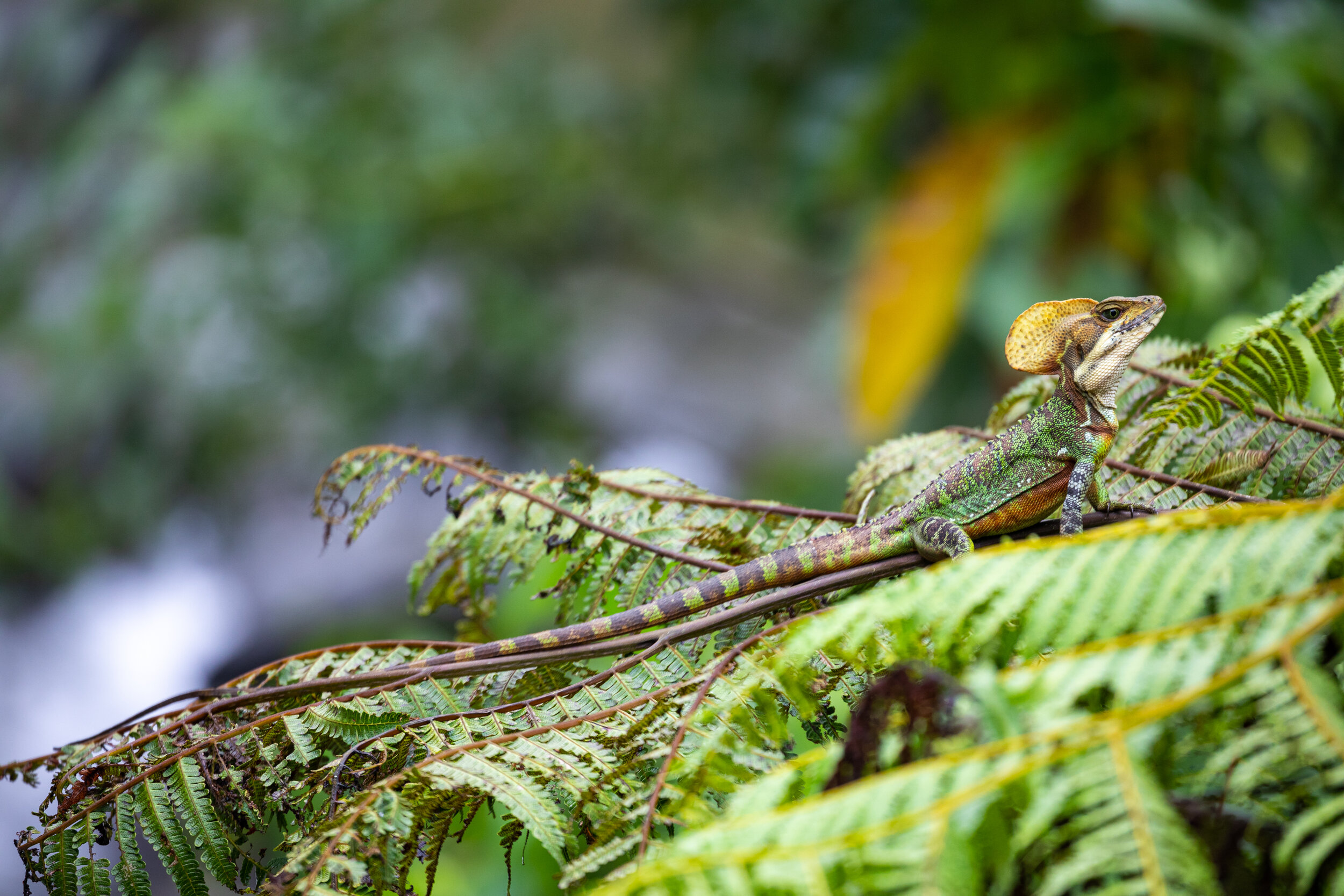


The variety of birds we spotted on this morning hike was impressive. We were continually impressed with our guide’s knowledge of the birds and seemingly everything else around us in the cloud forest.

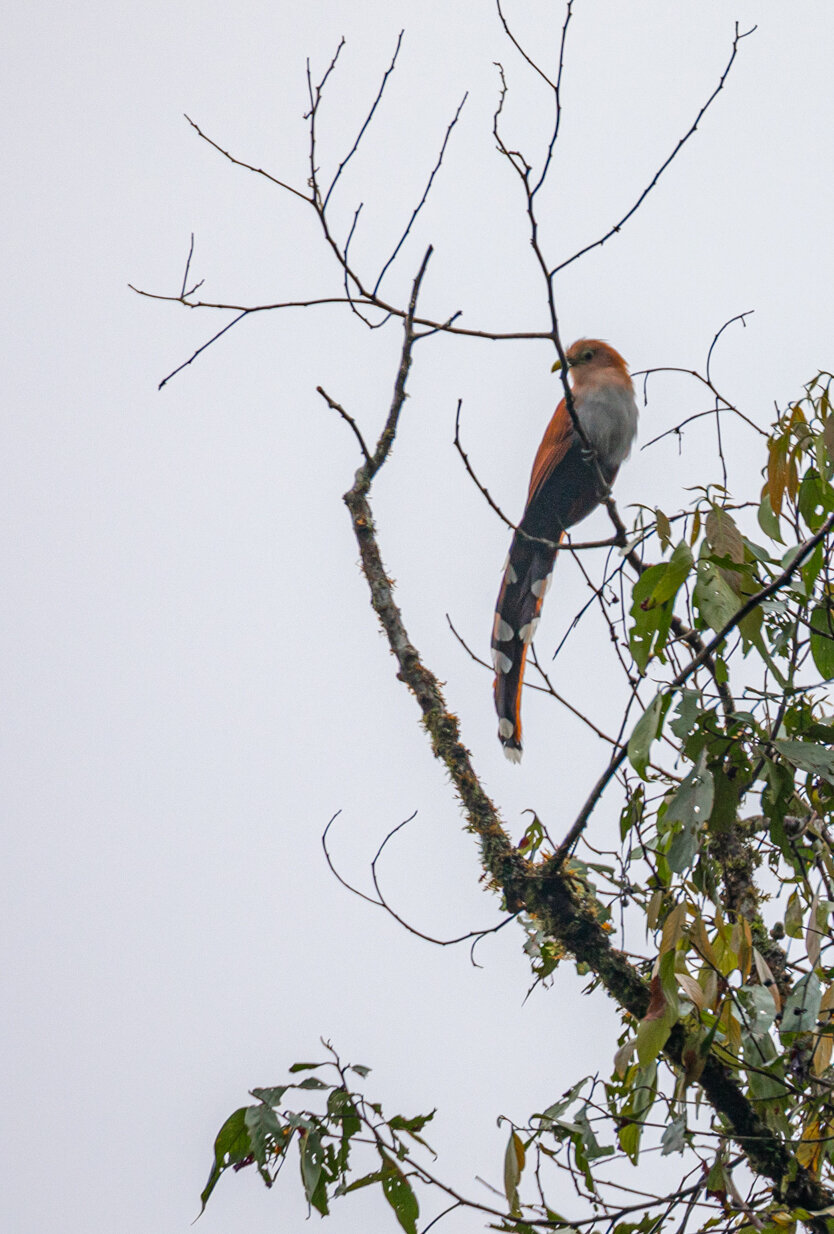

We did, however, start to grow a little tired of bird-watching and the limitations the experience offered us. Unlike our safari in Tanzania where the animals are huge, slow, and out in the open, we had difficulty spotting the birds without the aid of a powerful set of binoculars. Rarely did we get an up-close view, so we had to trust that our guide was giving us accurate information. Often we would only see a silhouette because birds are most often found high in the trees and backlit by the sun. We did experience moments of exhilaration when a rare bird flitted in and out of our view, but all too often only one person caught a glimpse before it disappeared into the forest.





Shortly after our early morning hike we set out on a second hike down the muddy banks of the nearby river for something very special. We could tell our guide was excited about this one. He had recently discovered a nesting cock-of-the-rock, and he told us there might be a baby, a rare sight even for a birder.

We slipped our way down the muddy forest path and into a shallow section of the river. We set up our cameras and tried to focus our eyes on a dark patch of rocky wall across the river. It was difficult to find at first, but our guide once again successfully found us our bird. A female cock-of-the-rock was nesting on the rocky ledge about five feet above the river. It wasn’t long before she left the nest, leaving the ugliest, saddest looking baby exposed for our small group of birders to gawk at. This was truly a rare and fun sighting.

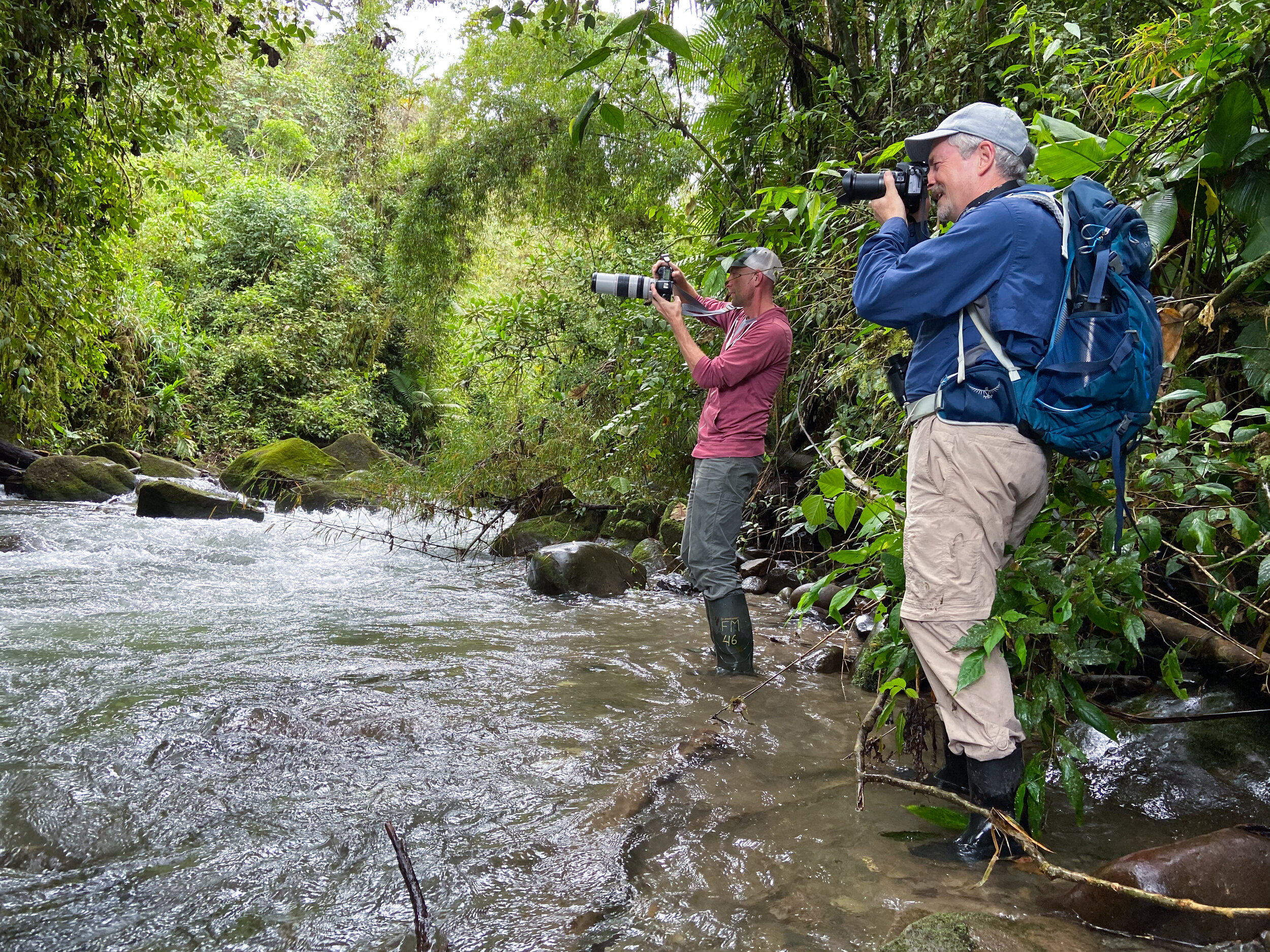

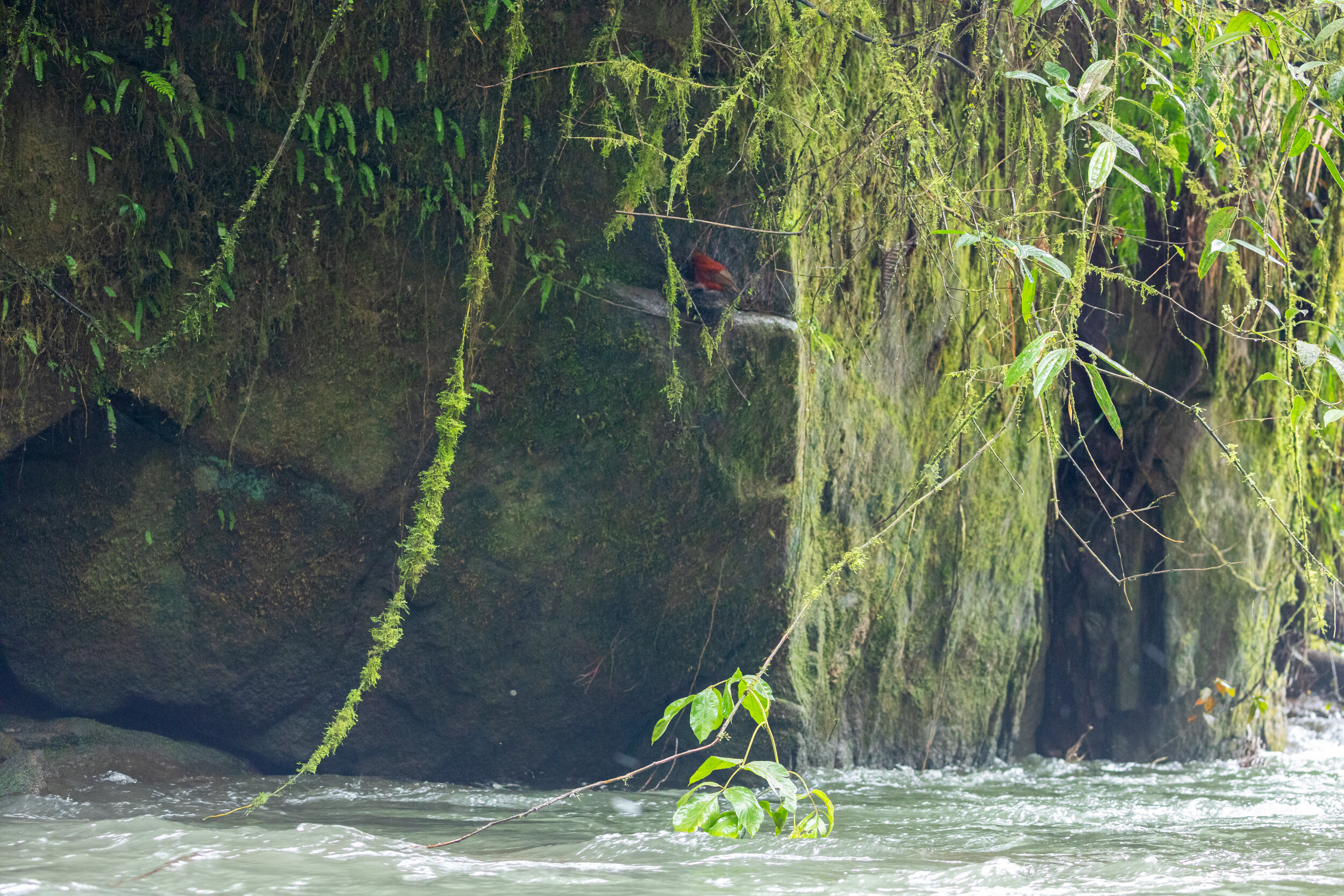
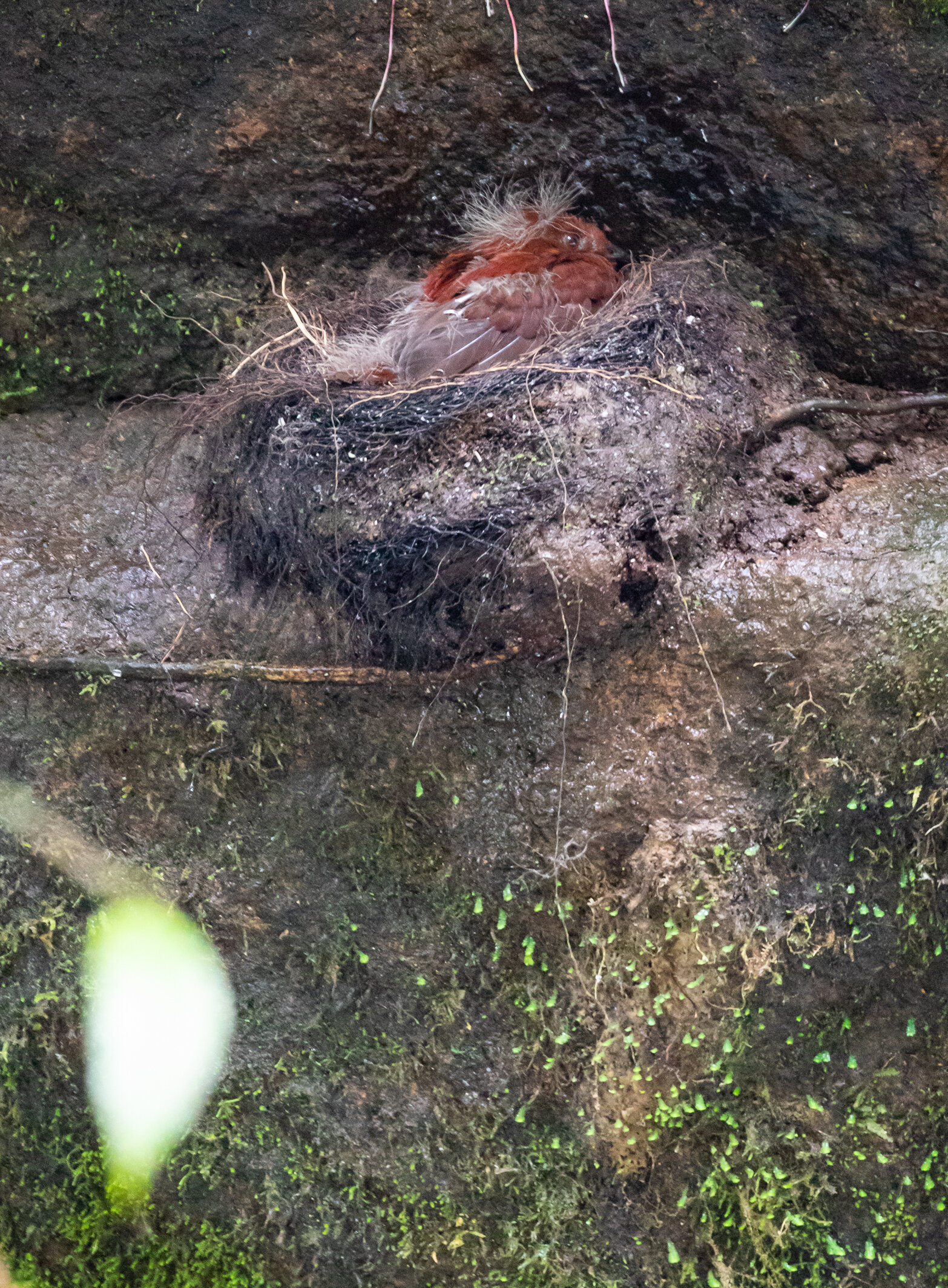

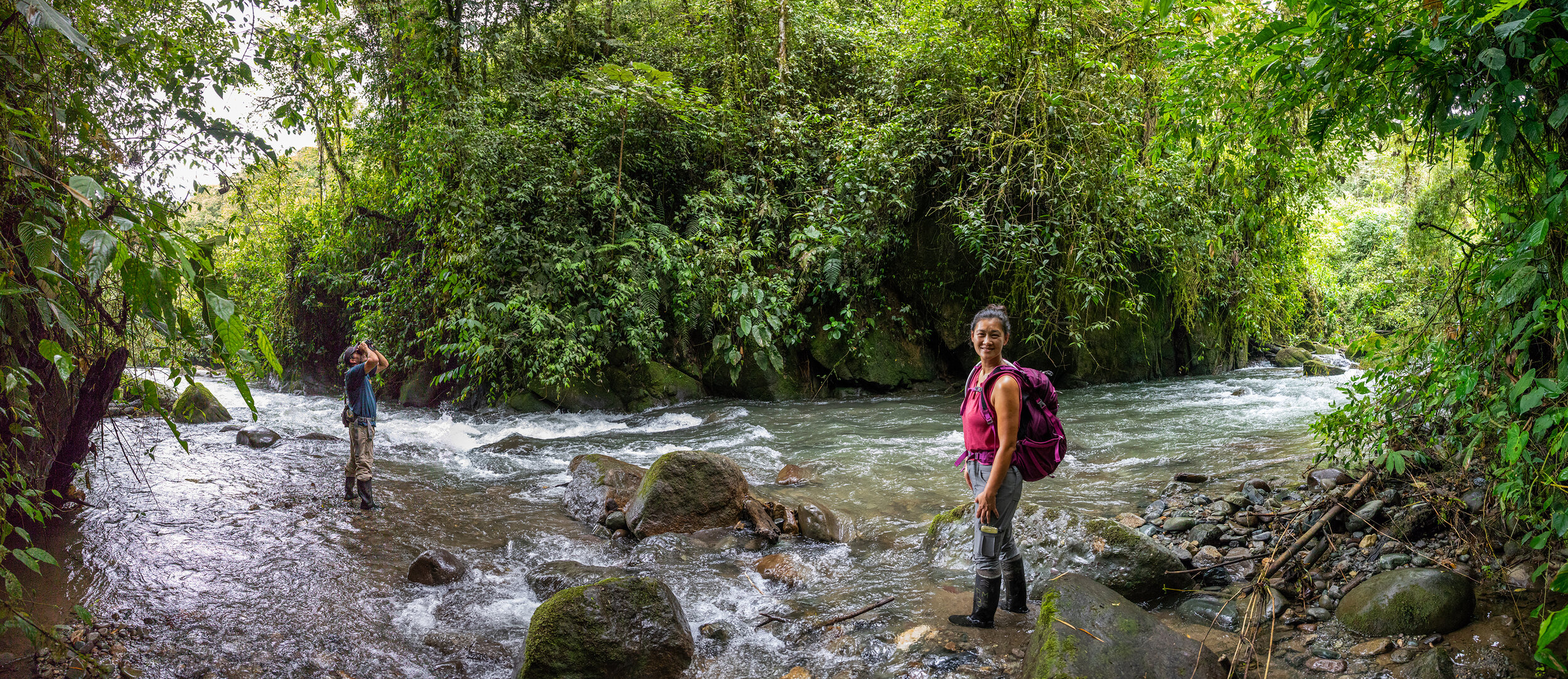



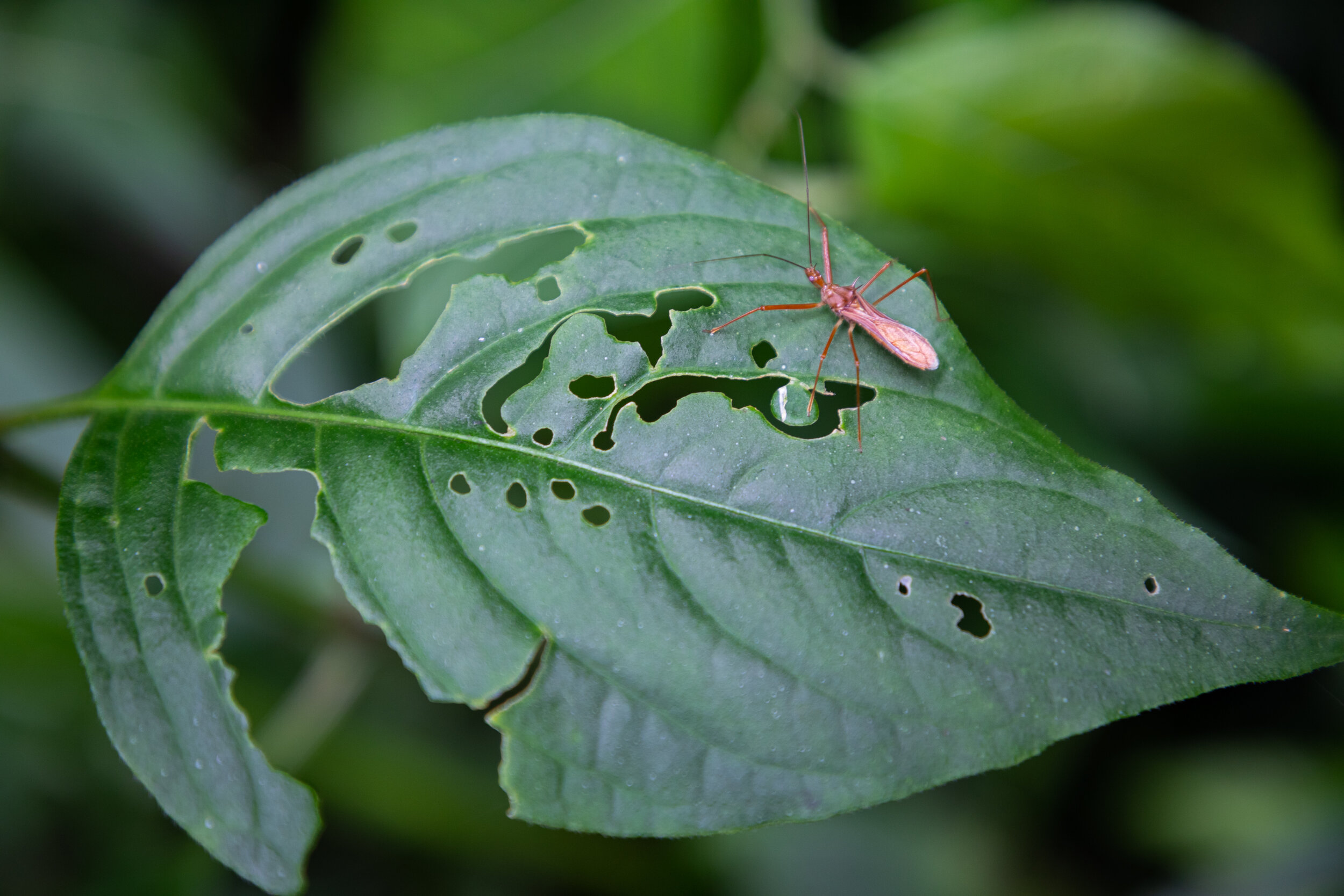



Our final hike at Maquipucuna was in a more remote section of the reserve. We hiked several miles on the well-maintained trails in hopes of spotting some more birds before the afternoon storm arrived. We heard more than we saw, once again relying mostly on binoculars and our poor vision to spot the birds. We did find a number of beautiful butterflies, plants and insects hiding in the dense forest. We explored the avocado trees where the bears come to feed, but as expected, there were no bears to be found. With the threat of rain looming on the horizon, we finally called it a day and headed back to the lodge where another warm, delicious dinner was waiting for us.






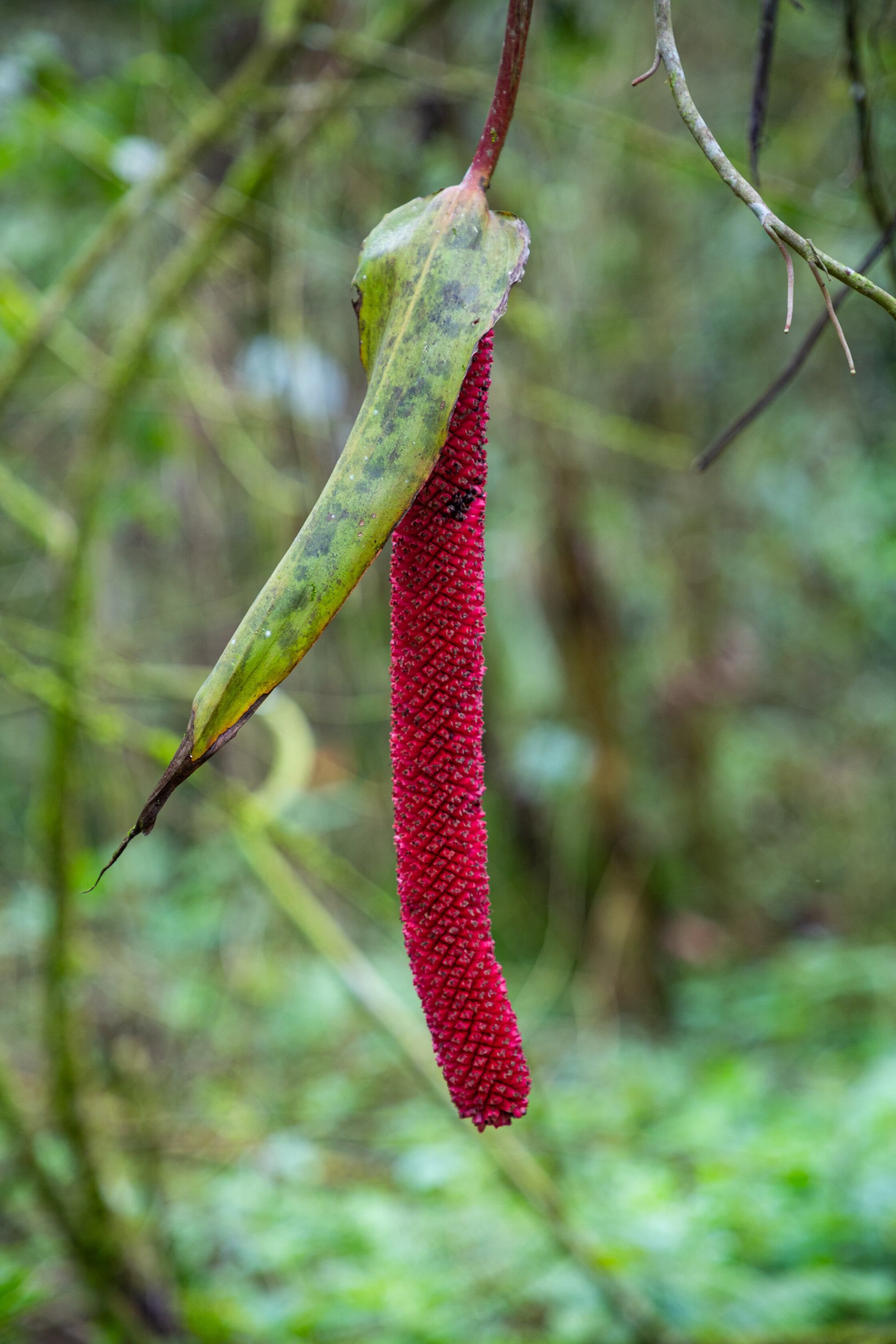
Overall, the northern cloud forest section of our trip to Ecuador was fun, fascinating, and educational. We had the opportunity to spend time with and get to know some friendly, highly experienced birders and learn a little bit about their lifestyle. We had plenty of long, sometimes tedious conversations about birds, travel, and many of the other things you discuss after exhausting days of exploring nature. Leaving Maquipucuna, we didn’t have a solid plan. Luckily the staff was extremely helpful and arranged for the cook and our guide to drive us first to Mindo to see the butterflies, then on to Quito where they would drop us off with a friend to be driven into the town center.


